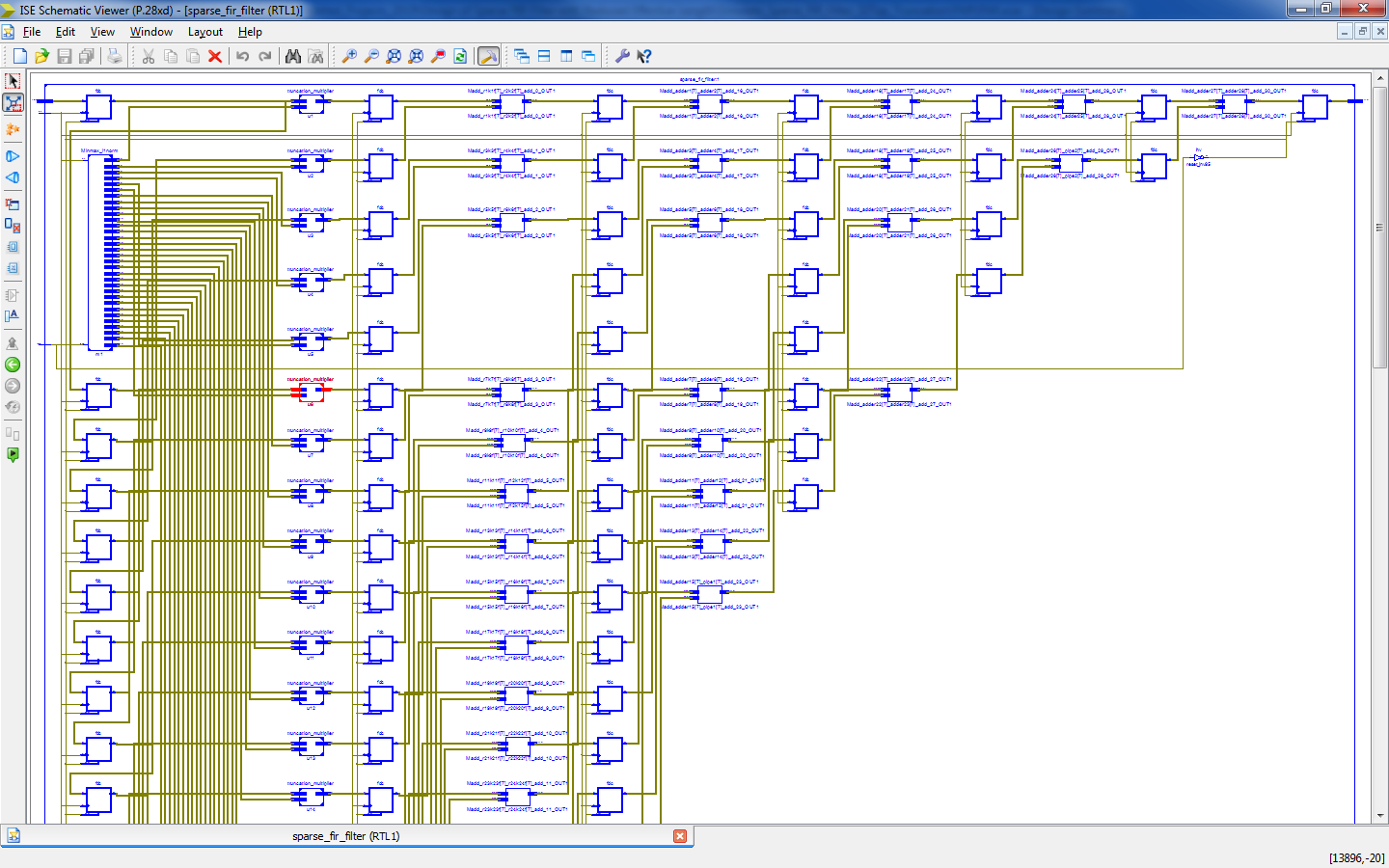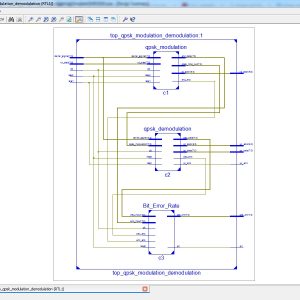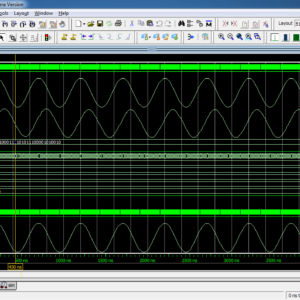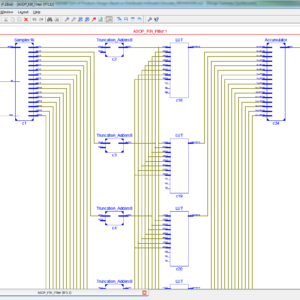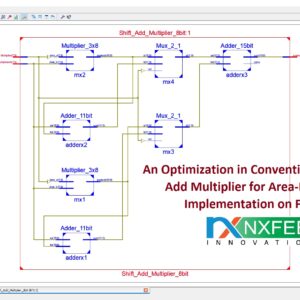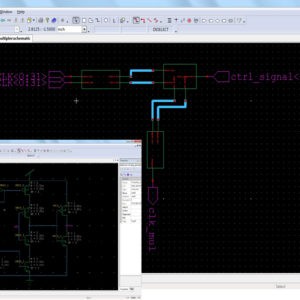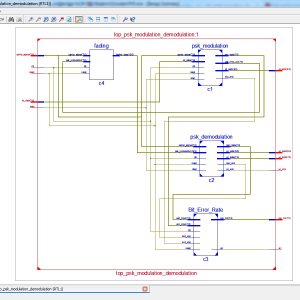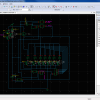Proposed Title :
FPGA Implementation of Truncated Sparse FIR Filter with Reduced Effective Length
Improvement of this Project:
To Design a Sparse 32-TAP Band Pass FIR Filter at 100 MHz sampling frequency, 5 to 10MHz Cut Off frequency.
To Modified the MCM Multiplier instead of Truncated Multiplier to reduced the area, delay and power.
Software implementation:
- VHDL
Proposed System:
In a recent technology of Digital domain a filter is a major priority one in all gadgets with digital signal processing applications. These Digital FIR Filter will provide more efficiency while using more number of TAP, such us multiplier, adder, delay and its obtain more effective length, thus it will take mini-max approximation error. This proposed work will introduced a l0-norm minimization in FIR filter with liner phase method regarding to reduce sparse complexity and reduce mini-max approximation error for sparsity maximization. Here, this Sparse FIR Filter will designed using Truncated Multiplier to reduced number of full adder in Sparse FIR and this Truncated Multiplier will give n output bits from n x n multiplications, therefore it will reduced number of addition bits in Sparse FIR filer operations. This proposed method will designed in 32-TAP Band pass level at 100 MHz Sampling Frequency with 5 to 10MHz Cut Off frequency. Finally this work will designed in VHDL, and simulated in Modelsim, and synthesized in Xilinx FPGA, and compared all the parameters in terms of area, delay and power.
” Thanks for Visit this project Pages – Buy It Soon “
Design of Sparse FIR Filters With Reduced Effective Length
“Buy VLSI Projects On On-Line”
Terms & Conditions:
- Customer are advice to watch the project video file output, before the payment to test the requirement, correction will be applicable.
- After payment, if any correction in the Project is accepted, but requirement changes is applicable with updated charges based upon the requirement.
- After payment the student having doubts, correction, software error, hardware errors, coding doubts are accepted.
- Online support will not be given more than 3 times.
- On first time explanations we can provide completely with video file support, other 2 we can provide doubt clarifications only.
- If any Issue on Software license / System Error we can support and rectify that within end of the day.
- Extra Charges For duplicate bill copy. Bill must be paid in full, No part payment will be accepted.
- After payment, to must send the payment receipt to our email id.
- Powered by NXFEE INNOVATION, Pondicherry.
Payment Method :
- Pay Add to Cart Method on this Page
- Deposit Cash/Cheque on our a/c.
- Pay Google Pay/Phone Pay : +91 9789443203
- Send Cheque through courier
- Visit our office directly
- Pay using Paypal : Click here to get NXFEE-PayPal link

